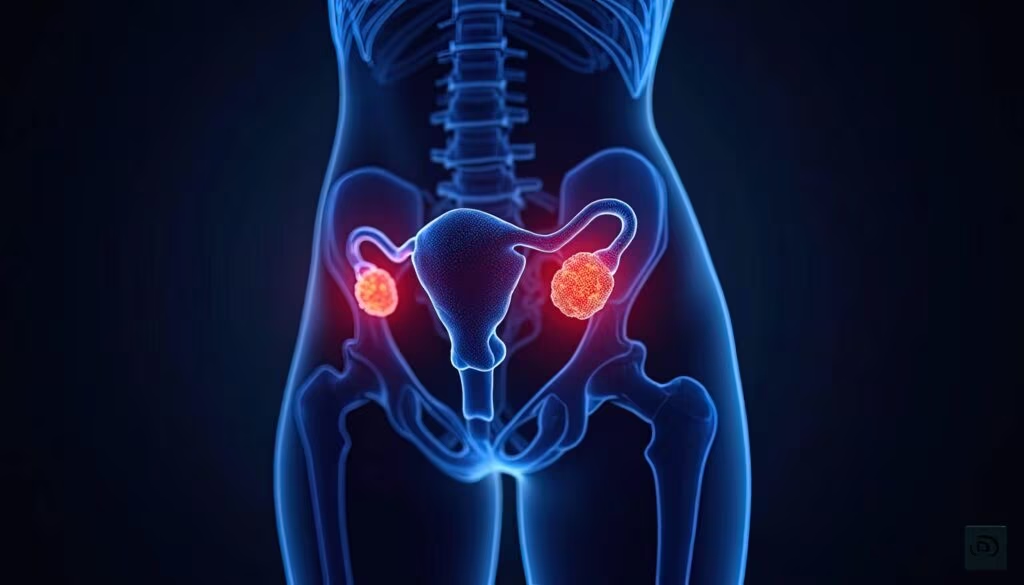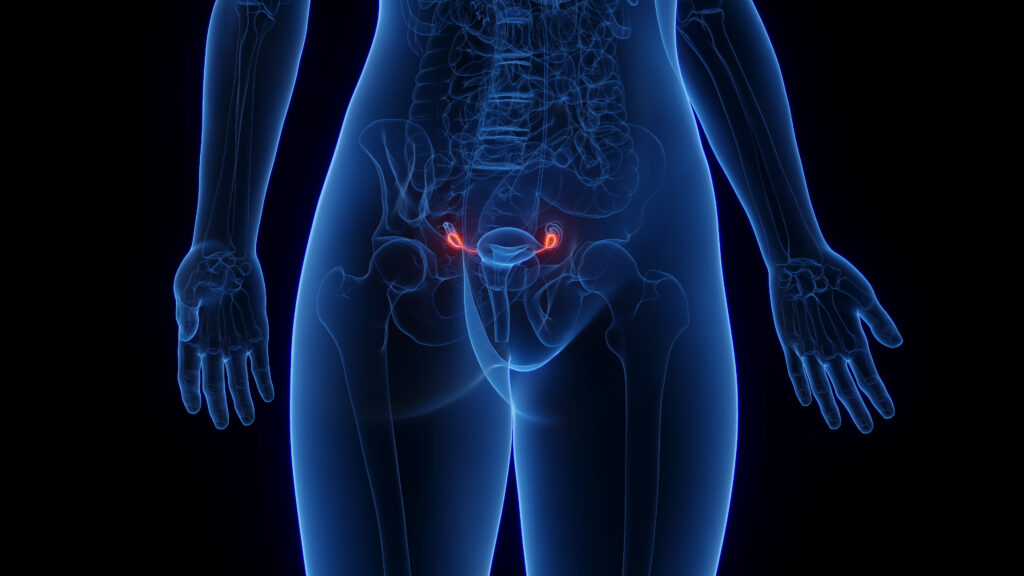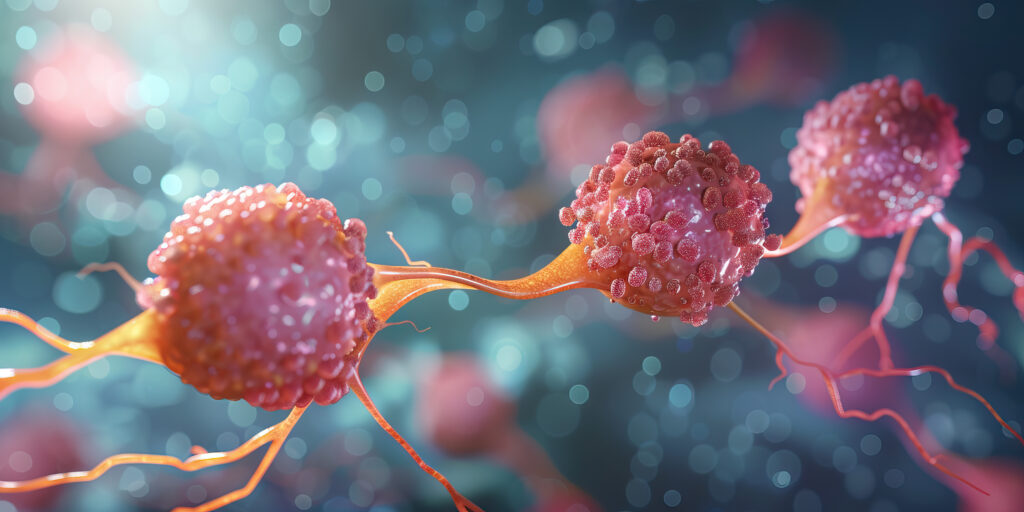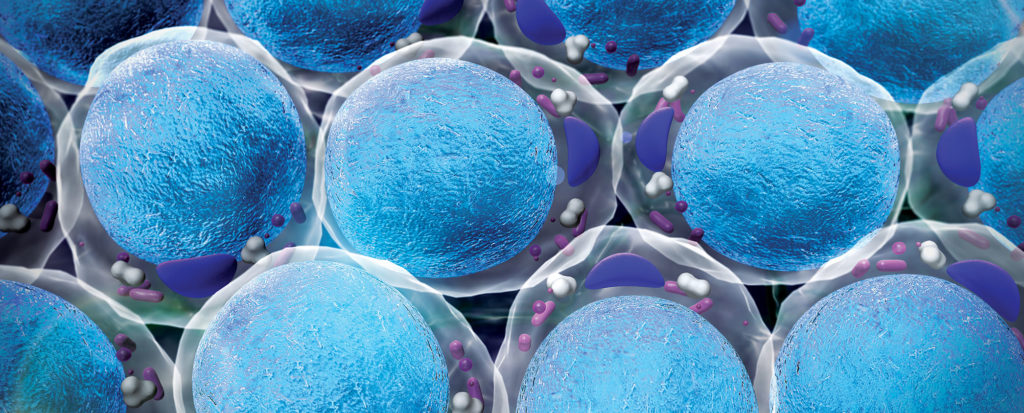Hormone replacement therapy (HRT) comprises natural oestrogens, including oestradiol 17β, conjugated equine oestrogens and oestrone sulphate, given in a continuous fashion, with the addition of a progestogen, either cyclically or continuously, in women who have not undergone hysterectomy. HRT may be administered systemically through tablets, transdermal patches and gels, subcutaneous implants, intra-nasal sprays or vaginal rings and pessaries.
Hormone replacement therapy (HRT) comprises natural oestrogens, including oestradiol 17β, conjugated equine oestrogens and oestrone sulphate, given in a continuous fashion, with the addition of a progestogen, either cyclically or continuously, in women who have not undergone hysterectomy. HRT may be administered systemically through tablets, transdermal patches and gels, subcutaneous implants, intra-nasal sprays or vaginal rings and pessaries. Oestrogen may be administered locally through intra-vaginal tablets, creams and pessaries, while progestogen may be given locally as a progestogen-releasing intrauterine device.
Benefits of HRT
HRT has been widely used for the relief of menopausal symptoms over several decades. HRT remains the most effective treatment for the relief of menopausal vasomotor symptoms (e.g. hot flushes and night sweats), psychological symptoms (e.g. mood swings and irritability) and genitourinary symptoms (e.g. vaginal dryness and urinary frequency). In symptomatic women, HRT results in a considerable improvement in quality of life.
Over the past two decades, HRT has also been used for the prevention and treatment of osteoporosis, one of the long-term consequences of the menopause. HRT prevents and, to some extent, reverses post-menopausal bone loss, reduces bone turnover – primarily by reducing bone resorption – and, thus, maintains the micro-architecture of bone. These actions result in a reduced risk of osteoporotic fractures, including those of the vertebrae, distal forearm and proximal femur.1
HRT appears to be as effective as any currently available therapy for the prevention and treatment of osteoporosis in post-menopausal women. It has now been shown that lower doses than were previously thought necessary are effective in preventing post-menopausal bone loss.2,3 Indeed, one very low-dose oestradiol patch has been approved by the US regulatory authorities for prevention of osteoporosis. A recent study has also shown that the administration of HRT for just two to three years around the time of menopause may result in osteoporotic fracture reduction later in life, suggesting that long-term HRT use may not be necessary for osteoporosis prevention.4
Oestrogens have been shown to have many beneficial effects on surrogate markers for coronary heart disease (CHD), such as the metabolic risk factors for CHD and various aspects of vascular function.5 There is a considerable body of evidence from observational studies that HRT use is associated with a reduction in CHD risk.6 However, randomised clinical trials of HRT have, to date, not shown any overall benefit in the reduction in coronary events. Indeed, most large studies have shown an initial increase in events, albeit followed by a later decrease.7,8 The question is, therefore, whether HRT constitutes a benefit or a risk of CHD.
Dosage
A major problem may lie with the doses of HRT that have been used in the randomised clinical trials. Standard doses, used for the relief of menopausal symptoms in women around the age of 50 years, have been given to women in their 60s and 70s. This may represent a relative overdose of HRT, resulting in initial cardiovascular harm due to adverse effects on thrombosis and vascular remodelling. It is also likely that there could be a greater beneficial cardiovascular effect of HRT when given to women aged 50 years, as in the observational studies, than when given to women aged 65 years or more, as in the randomised clinical trials.5,9
Women’s Health Initiative
In the Women’s Health Initiative (WHI), the tendency towards CHD benefit or risk appeared to be related to menopausal or chronological age, with the oldest showing harm.1,10 Furthermore, there appeared to be less overall risk in the oestrogen-alone arm of the study than in the oestrogen–progestogen arm. Whether the use of metabolically different progestogens may result in a more beneficial outcome remains unknown. It is clear that further studies of appropriate design are needed to explore the potential CHD benefit of HRT.
Observational studies have suggested that HRT use is associated with a decrease in colorectal carcinoma. This was also seen with oestrogen–progestogen, but not oestrogen alone, in the WHI trial.1,10 Much further work is needed to clarify whether this is a real benefit of HRT.
Observational studies have also indicated that HRT may reduce the risk of Alzheimer’s disease, but the evidence for this is less established. Again, it may be influenced by both HRT dose and the timing of the intervention, as WHI did not show such benefit in elderly women.
Risks of HRT
The risks of HRT are not as well established as the benefits. HRT should not increase the risk of endometrial cancer if the oestrogen is adequately opposed by progestogen. A main concern for both clinicians and patients is the risk of breast cancer. However, the relationship between HRT and breast cancer risk is still not fully determined. Some, but not all, observational studies show an increased risk of developing breast cancer with continuing exposure to HRT.
Million Women Study
The Million Women Study (MWS) suggested a doubling of risk over 10 years of treatment and found that all forms of HRT, including oestrogen alone and tibolone, caused an increased risk.11 However, there are major concerns regarding the validity of the MWS findings.12 For example, the complete disappearance of risk of breast cancer within 14 months of stopping HRT is biologically implausible. Furthermore, the WHI showed a reduction in breast cancer incidence with oestrogen alone,10 a result that is in sharp contrast to the MWS findings.
The MWS appears to have overestimated the risk of breast cancer quite considerably, and it is therefore questionable as to whether its findings should be used in any evidence base. The WHI showed an increased risk of breast cancer with oestrogen–progestogen, but only in those women who had previously used HRT before participating in the study.13 In women with no prior HRT use, no significant increase in breast cancer risk was seen over five years.
Thus, an increased risk of breast cancer should be considered possible in women using combined HRT, but only after several years and not necessarily with oestrogen alone. What is not known is whether this finding applies to all oestrogen–progestogen combinations, or whether some progestogens may not convey this risk. In this respect, HRT that combines oestrogens with selective oestradiol receptor modulators (SERMs) may prove advantageous, and further study outcomes on such combinations are awaited. Finally, in the analysis of benefit and risk, it has to be considered that there is evidence for a lower breast cancer mortality rate in HRT users despite the apparent increase in incidence.14,15
Oral oestrogen has a greater impact on haemostasis and the risk of venous thromboembolism (VTE) than transdermal administration and increases thrombotic tendencies in a dose-dependent manner.16 A transient increase in thromboembolism may be seen with commencement of HRT, but this might be avoided by the initial use of low doses and non-oral preparations. A significant increase in VTE was reported in the WHI oestrogen–progestogen arm, but not in the oestrogen-alone arm. Furthermore, the risk in younger post-menopausal women who were not overweight was minimal. Similarly, an increase in stroke was seen in both arms of the WHI. While no randomised clinical trial has examined the effect of HRT dose on risk of stroke, there is observational study evidence to suggest that this is also dose-dependent,17 and such risk may therefore be minimised by the use of low doses. Whether the route of administration of HRT has any influence on the risk of stroke is unknown. Some observational studies have suggested an increased risk of ovarian cancer with very long-term use, but no significant increase in risk was seen in the WHI trial.18
Conclusions
In all aspects of life, decisions for taking certain actions are made with consideration of their benefits and risks. The only medications that are completely free from any risks are those that do not work. Overall, when appropriate HRT regimens are given for appropriate clinical reasons, the benefits of HRT would appear to outweigh any risks quite considerably. ■












